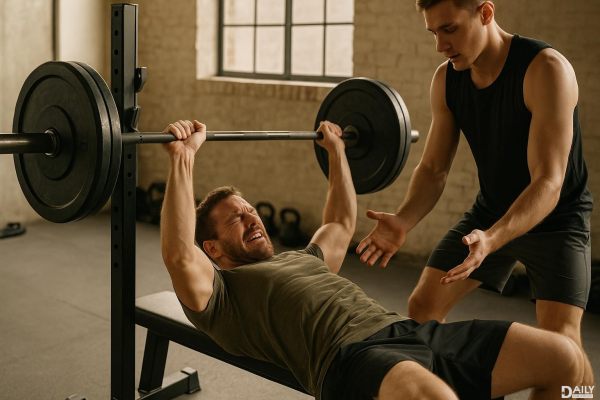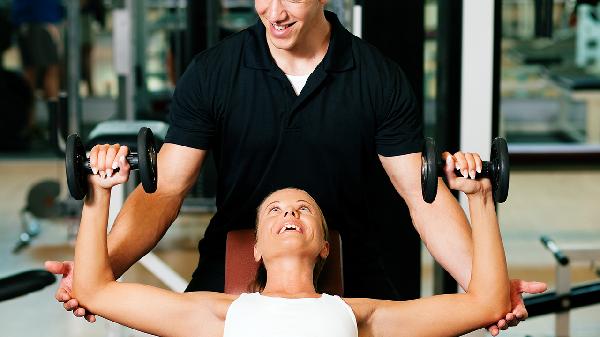If you've ever walked past a kettlebell in the gym and thought, "That looks like a medieval torture device," you're not alone. But here's the truth: kettlebells are one of the most versatile pieces of equipment you can use to build strength, endurance, and even cardio fitness—once you get past the initial intimidation factor. The key is starting with the right moves and the right weight, which is exactly what this beginner-friendly kettlebell workout delivers.
Why Kettlebells Are Worth the Hype
Kettlebells might look like cannonballs with handles, but they’re actually genius in their design. Unlike dumbbells, their weight is distributed unevenly, which forces your muscles to work harder to stabilize and control the movement. This means you’re not just lifting—you’re engaging your core, improving your balance, and even getting your heart rate up. Plus, because most kettlebell exercises are compound movements (meaning they work multiple muscle groups at once), you get more bang for your buck in less time. No wonder trainers love them.
The Perfect Kettlebell Weight for Beginners
One of the biggest mistakes beginners make is grabbing a kettlebell that’s way too heavy. You don’t need to impress anyone—start light. For most people new to kettlebells, an 8- to 15-pound kettlebell is ideal. If you can comfortably press it overhead without straining your shoulders or compromising your form, you’re golden. Remember, it’s better to master the movement with a lighter weight than to risk injury by going too hard too soon.
The Warm-Up: Don’t Skip It
Jumping straight into kettlebell swings without warming up is like trying to sprint before you’ve tied your shoes—it’s just asking for trouble. Spend five to 10 minutes getting your body ready with dynamic stretches like arm circles, bodyweight squats, and hip openers. This primes your muscles, increases blood flow, and reduces the risk of injury. Trust us, your future self will thank you.
The Moves: Your Full-Body Starter Pack
This workout includes five foundational kettlebell exercises designed to build strength, mobility, and confidence. Each move is a compound exercise, meaning you’ll be working multiple muscle groups at once. Here’s the breakdown:
1. Kettlebell Deadlift
Think of this as your gateway to kettlebell mastery. Stand with feet hip-width apart, kettlebell between your legs. Hinge at the hips (like you’re closing a car door with your butt), grab the kettlebell, and stand up by driving through your heels. This move teaches you the hip hinge—a fundamental movement pattern that carries over to swings, cleans, and more.
2. Goblet Squat
Hold the kettlebell close to your chest like you’re cradling a giant cup of coffee. Lower into a squat, keeping your chest up and knees tracking over your toes. This move strengthens your quads, glutes, and core while improving mobility in your hips and ankles.
3. Kettlebell Row
Place one hand and knee on a bench or sturdy surface, holding the kettlebell in your free hand. Pull the weight up toward your hip, squeezing your shoulder blade. This move targets your back, biceps, and grip strength—essential for more advanced kettlebell work.
4. Kettlebell Press
Start with the kettlebell at shoulder height, elbow tucked close to your body. Press it overhead without arching your back. This builds shoulder stability and upper-body strength, setting you up for moves like the clean and press down the road.
5. Kettlebell Swing
The king of kettlebell exercises. Start with the bell between your legs, hinge at the hips, and explosively drive through your glutes to swing the kettlebell up to chest height. Let momentum do the work—this isn’t an arm exercise. Swings torch your posterior chain (glutes, hamstrings, lower back) while giving you a cardio boost.
Putting It All Together
Perform each exercise for the recommended reps, rest 30-45 seconds between moves, and complete the entire circuit 3-4 times. Take a one-minute breather between rounds. It’s okay if you need to modify—focus on form first, and the strength will follow.
Cool Down Like a Pro
After your last round, don’t just collapse on the floor (tempting as it may be). Spend five minutes stretching your hamstrings, hips, shoulders, and back. This helps reduce soreness and keeps your muscles flexible for your next workout.
Kettlebells might seem intimidating at first, but once you get the hang of them, they’re downright addictive. Stick with this beginner routine, and before you know it, you’ll be swinging, pressing, and squatting like a pro. Just remember: every kettlebell master started exactly where you are now.
























